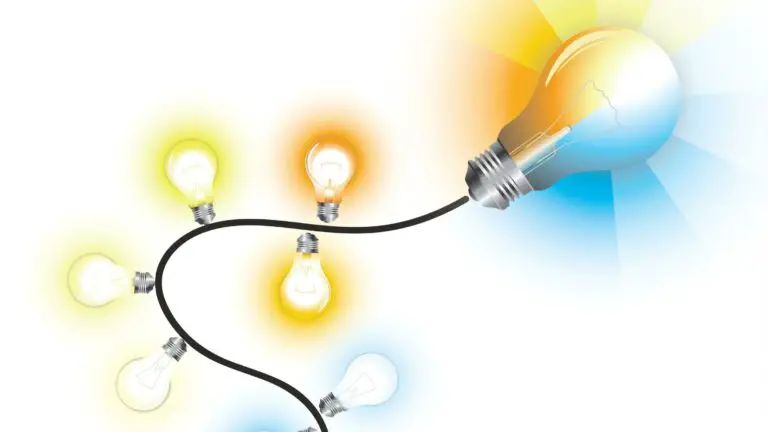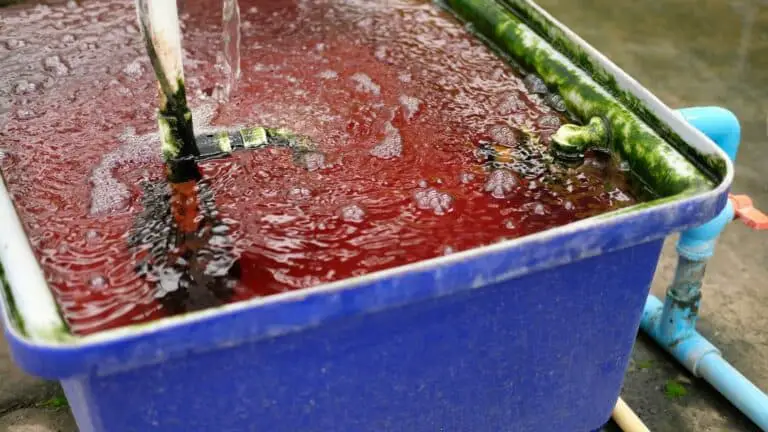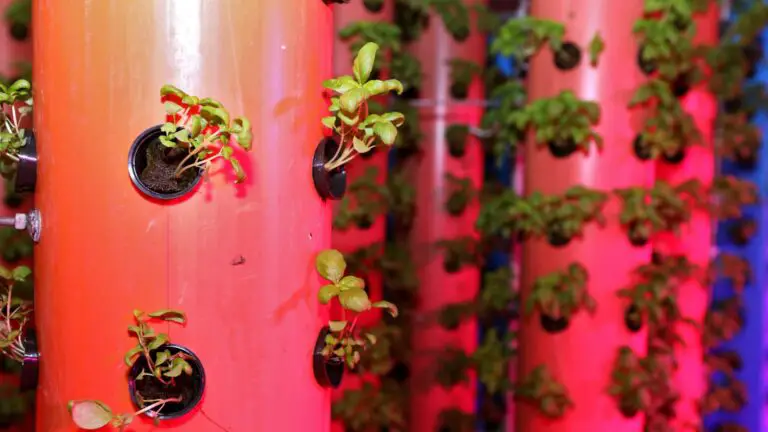11 Different Biodegradable Resources You Can Use for Hydroponics
Disclosure: Your purchases through our links may earn us a small commission, supporting our site’s ability to provide valuable information to our readers. Rest assured, it won’t impact your price. Thank you for your support.
Hydroponics is a method of growing plants using only water and nutrients, without soil. Hydroponic gardening has many benefits, including a smaller water footprint, less chance of pests and diseases, and faster growth rates.
One of the great things about hydroponics is that you can do it with various materials.
One of the challenges of hydroponics is disposing of unused nutrients and other materials in an environmentally-friendly way. That’s why we’ve listed the top 11 biodegradable items used in hydroponics so that you can make the best choices for your setup.
What Are Biodegradable Hydroponics Resources?
Biodegradable hydroponics resources are materials that can be used in hydroponic systems and will eventually decompose back into natural elements. This means that biodegradable hydroponics resources will not last forever, unlike traditional plastic or metal materials. Let’s check what some biodegradable things are.
1. Coffee grounds
Coffee grounds are a great source of nitrogen, potassium, and phosphorus—all essential nutrients for plant growth. Additionally, coffee grounds help to aerate the roots and improve drainage.
If you have a coffee machine at home, save your used coffee grounds and add them to your hydroponic garden when you need a nitrogen boost. You can also ask your local coffee shop if they have any used coffee grounds that they would be willing to give you.
2. Eggshells
Eggshells are an excellent source of calcium essential for strong plant growth. To use eggshells in your hydroponic garden, wash them thoroughly and then Crush them into small pieces. Add the eggshells to your reservoir or directly to your plant’s roots and monitor calcium levels closely. Too much calcium can harm plants, so only add a small amount at a time.
3. Banana Peels
Banana peels are rich in potassium and phosphorus, two essential nutrients for plant growth, and help improve drainage and aeration around the roots. To use banana peels in your system, chop them into small pieces and add them to your nutrient solution.
4. Fish Waste
Fish waste contains high levels of nitrogen, phosphorus, and potassium—three essential nutrients for plant growth. Additionally, fish waste helps to aerate the roots and improve drainage around the roots. To use fish waste in your system, collect it from a local fish market or aquarium and add it to your nutrient solution in a suitable way.
Making the fish waste into a dissolvable liquid is the best way to use it in your system. See this youtube link for an example.
You can add fish waste directly to your plant’s roots, but monitor the nutrient levels closely, as too much nitrogen can harm plants.
5. Crab Shells
Crab shells are rich in calcium and phosphorous, essential for strong plant growth. To use crab shells in your system, dissolve them in vinegar overnight before adding them to your nutrient solution.
6. Worm Castings
Worm castings are an excellent source of nitrogen, phosphorus, and potassium—three essential nutrients for plant growth—and help improve drainage around the roots. To use worm castings in your system, simply add them to your nutrient solution according to the directions on the packaging.,
7. Rice Hulls
Rice hulls help improve drainage around the roots and are an excellent source of genetic material for plants. Rice hulls are a great material for use as a hydroponic growing medium.
One of the main benefits of using rice hulls as a hydroponic growing medium is that they are very lightweight. This means that they can easily be moved around and will not compact over time as some other materials can. Additionally, rice hulls do not absorb much water, so they can help keep plants’ roots well-aerated.
Another benefit of rice hulls is that they can help regulate the pH of the water they are growing. This is because rice hulls are naturally alkaline. By adding rice hulls to the water, you can help to keep the pH at a level that is optimal for plant growth.
8. Coconut Coir
Coconut coir has a significant amount of potassium and phosphorus—two essential nutrients for plant growth—and helps improve drainage around the roots.
Coco coir is a popular growing medium for hydroponics because it is absorbent. It can hold a lot of water, making it an ideal choice for plants that need a lot of watering. Coco coir also has a high pH, so it is a good choice for plants that require a lot of alkalinities.
However, coco coir can be a little challenging to work with because it is so light and fluffy. Getting the right amount of nutrients and water for your plants can be tricky. But once you get the hang of it, coco coir is a great way to grow healthy plants.
Gardeners always confusing the coco coir with peat moss and coco peat. Please read the following articles to get know more.
Coco Peat vs Coco Coir: What’s the Difference?
Peat Moss vs. Coco Coir: The Ultimate Showdown
9. Saw Dust
Sawdust is a by-product of many woodworking projects. It is often considered waste, but you can reuse it in several ways. One way that you can reuse sawdust is as a hydroponic growing medium.
Hydroponic gardening is a method of growing plants without soil. The plants are grown in a water and nutrient solution, and the roots are suspended in the solution. Saw dust can be used as a growing medium in hydroponic gardens because it is lightweight, porous, and able to hold moisture. It also provides some nutrients to the plants. It also helps improve drainage around the roots and is an excellent source of genetic material for plants.
Sawdust can be used to grow various plants, including vegetables, fruits, and flowers. Using only untreated saw dust in hydroponic gardens is important, as treated saw dust can contain harmful chemicals. You can also use sawdust in other gardening projects, such as making compost or mulch.
10. Kapok Fiber
Kapok fiber is a natural, renewable resource with many beneficial properties as a hydroponic growing medium.
Kapok fiber is rich in potassium and phosphorus—two essential nutrients for plant growth—and helps improve drainage around the roots.
Kapok fiber is water resistant and helps to retain moisture in the growing medium, which is essential for healthy plant growth. Kapok fiber is also lightweight and can help to improve air circulation in the growing medium, which is beneficial for root health.
Additionally, kapok fiber is biodegradable and will decompose over time, which helps keep the growing medium healthy and free of build-up. Overall, kapok fiber is an excellent choice for hydroponic gardening and can help promote healthy plant growth.
11. Wooden Pallets
Wooden pallets are often used as tables or shelves in hydroponic gardens. They are also great for vertical gardens as you can easily hang them on walls. If you decide to use wooden pallets, get ones that have not been treated with chemicals. You can usually find these at your local hardware store.
Conclusions
As you can see, you can use many biodegradable items in a hydroponic system! The best item to use depends on the availability and your plants’ needs. Be sure to consult a professional before making any changes to your system to ensure that you use the best possible combination of items for optimal plant growth.
Thank you for reading!
If you could not find the above-said resources in your local store, check this link to amazon stores and select yours.




